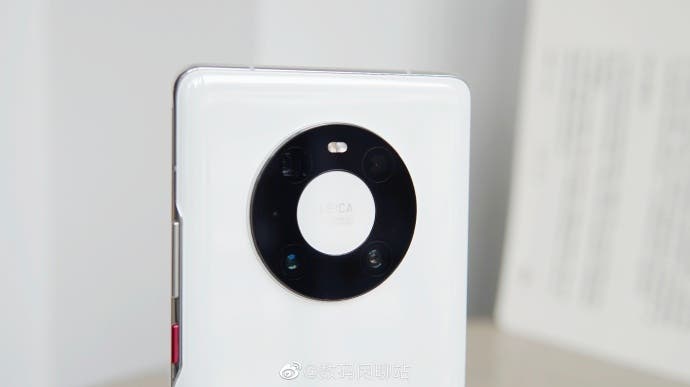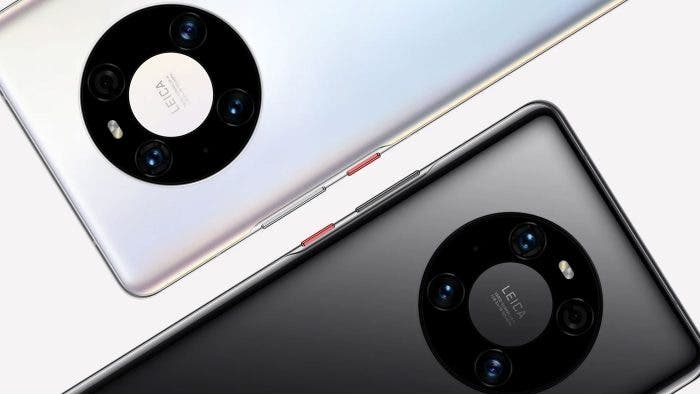Huawei is now in a very troubling situation on the global market. And everyone already knows the reason. But in some market, other than the US, the brand has a lot of fans and is a leader in the smartphone market. The recent sanctions of the brand by White House officials, who set themselves the goal of making the United States a leader in the 5G technology sector, has contributed to the recent popularity of Huawei devices.
Huawei is not keeping up with the strong demand for the Mate 40 Pro
Driven by a sense of patriotism, the Chinese began to actively switch to Huawei devices, allowing it not only to remain in the top of the smartphone industry but also to be the top worldwide smartphone manufacturer in the second quarter of this year. The company recently introduced the Huawei Mate 40 series; and there is every reason to believe that the line will be very popular in its homeland.
A message came that it is impossible to buy Huawei Mate 40 Pro and Mate 40 Pro + in China; and it’s all because of the shortage.
The company’s production facilities have not kept pace with the increased demand for these models. Huawei itself confirms that it cannot cope with the high demand for the new devices. Most likely, the problem lies in the fact that the Chinese company has a limited supply of Kirin 9000 chips; and it cannot afford to release many devices with it on board.

Huawei has used a flash memory of its own production in the Mate 40 Pro+ and it’s incredibly fast
Users and experts continue to study the line of new Huawei Mate 40 flagships. Following the first reviews of the devices, reports on the disassembly of new products appeared in time. Among the first, it was decided to dissect the Huawei Mate 40 Pro+ and Mate 40 RS Porsche Design. In the course of studying what’s inside of these devices, experts found an interesting detail regarding the flash memory that Huawei used in these smartphones.
So, it turned out that inside these two models there is a flash memory that bears the HiSilicon logo; which indicates that it is the creation of Huawei devision. Based on the results of measuring the Huawei SFS 1.0 flash module, it was possible to establish that it provides almost a twofold increase in the speed of operation in comparison with the UFS 3.1 flash memory. So, the sequential write speed was 1280 MB/s, and random 548 MB/s. For comparison, these figures for UFS 3.1 are 700 MB/s, and 200-300 MB/s, respectively.
Interestingly, at the presentation itself, the company did not devote itself to the fact that it began to use a flash drive of its own production in its smartphones. In any case, its appearance is one more proof that the company is consistently implementing the policy of import substitution; and is trying to establish the production of components on its own.
Follow Gizchina.com on Google News for news and updates in the technology sector.






It's Huawei or the highway.